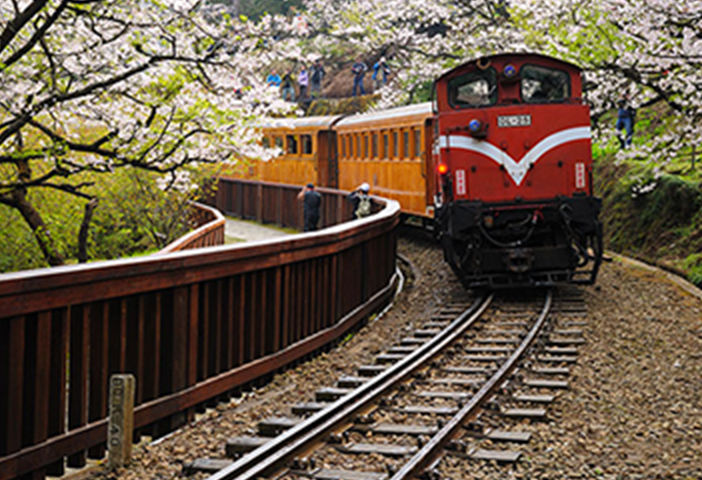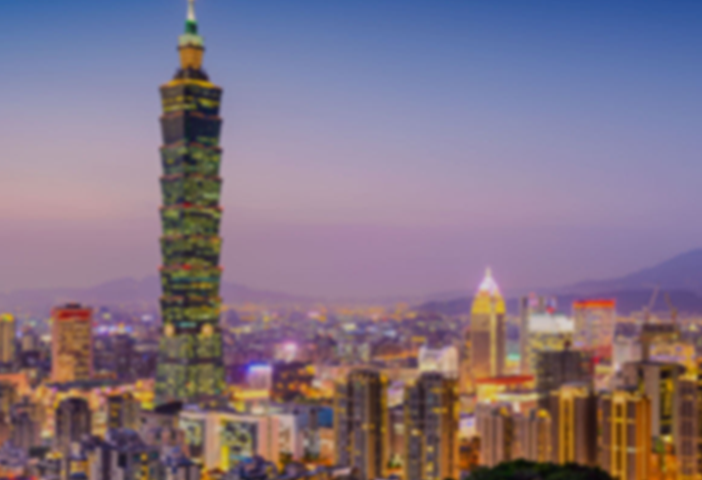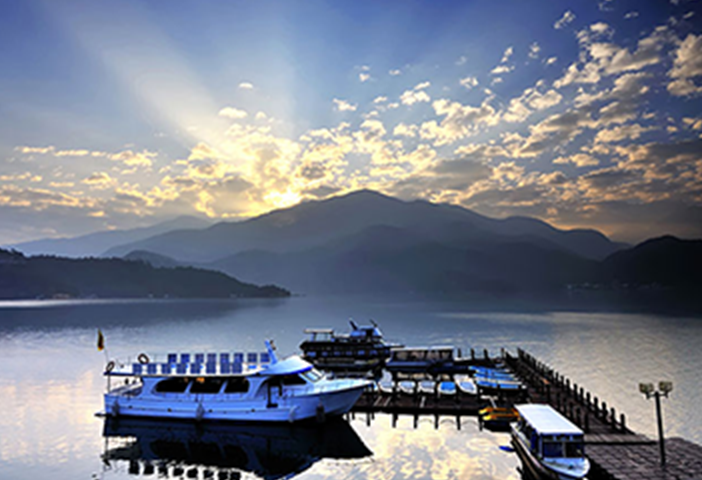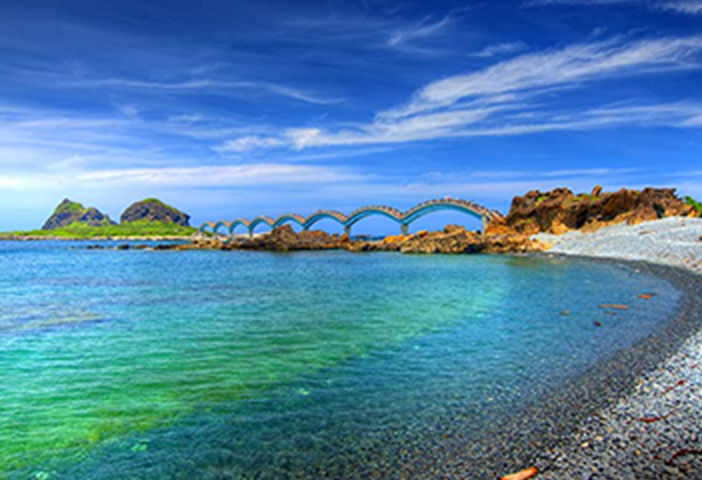
Taiwan General Information
Population
23.54 Million
Area
36,194 Square Kilometers
Peoples
Han Chinese97%, Aborigines2%, Other1%
Languages
Mandarin, Taiwanese, Hakka, Aboriginal
Hind-SemiBold
English, Japanese
Currency
New Taiwan Dollar (TWD)
Time Zone
National Standard Time (UTC+8)
Electricity
110V, 60HZ
Geographic Environment
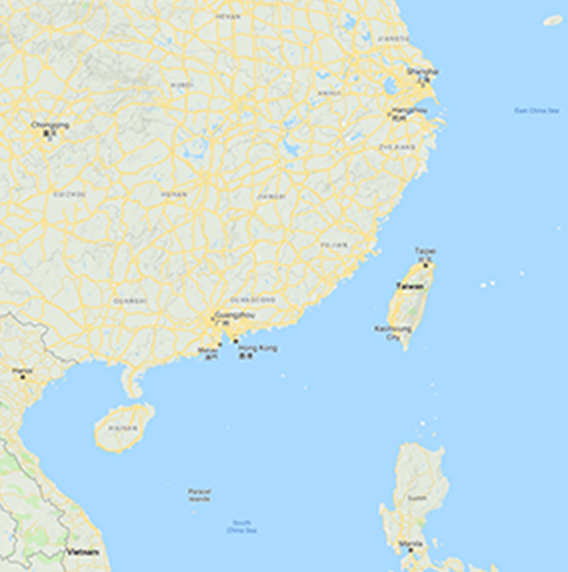
Geographic Location
Taiwan is located in between the southeastern coast of the Asian continent and the East Asian islands distributed among the western Pacific Rim. To the north lie Japan and the Ryukyu Islands; to the south are the Philippine Islands; to the west is Mainland China. Taiwan is a long and narrow island stretching from north to south. The island is about 395 km long vertically and about 144 km in width with a total land area of around 36,000 square kilometers (about 14,400 square miles).
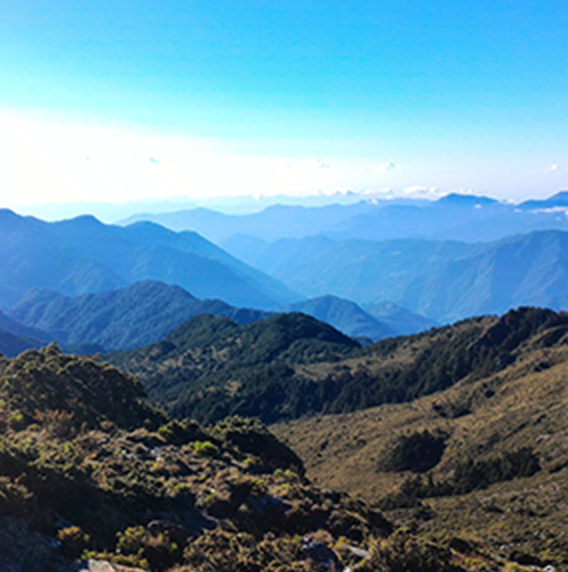
Topography
Taiwan is endowed with steep mountain ranges; therefore, great altitude differences occur throughout the island. The mountains mostly run from north to south. The highest point is Yushan Peak of the Yushan Mountain Range, which reaches an elevation of 3,952 meters above sea level making it the highest peak in Northeast Asia. Since mountain areas cover the majority of the island, Taiwan’s ecological resources are abundant. The plains of Taiwan are relatively narrow and found only in the western region and the longitudinal valley along the east coast. These also happen to be the most densely populated areas in Taiwan.
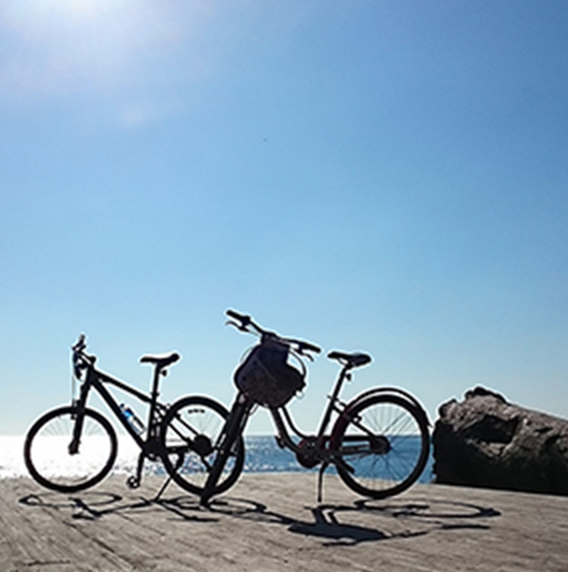
Climate
Taiwan belongs to tropical and subtropical climate zones that range from rainy to dry weather and hot to cool temperatures, depending on altitude and latitude. Taiwan’s average annual rainfall is 2,515 mm.
Average temperature for the northern half of the island is about 21.7°C; average temperature for the southern half is around 24.1°C. The island is coldest from January through March with temperatures dropping to around 10°C. From June to August, hot weather prevails with temperatures rising up to 38°C. More moderate temperatures follow in the months between, with an average temperature of 25°C.
Transportation
- Taiwan High Speed Rail
- Railway Train
- Taipei Mass Rapid Transit
- Kaohsiung Rapid Transit System
- Airport MRT


- Taipei City YouBike
- New Taipei City YouBike
- Taoyuan City YouBike
- Hsinchu City YouBike
- Taichung City iBike
- Changhua County YouBike
- Chiayi City e-bike
- Tainan City T-bike
- Kaohsiung City c-Bike
- Pingtung City Pbike


People
Ethnicity
Taiwan has a population of about 23 million people which consists of various ethnic groups. The aborigines who have inhabited the island for around 8,000 years make up 2.3% of the total population; the Han Chinese who migrated to Taiwan in the seventeenth century constitute the rest of the population. The diversity of Taiwan’s culture and heritage formed with the integration of different ethnic groups and illustrate the harmony and prosperity possible among various religions, architecture, languages, lifestyles, and cuisines. Seventy percent of the population are concentrated in the five western metropolitan areas (Taipei, Taoyuan, Taichung, Tainan, and Kaohsiung), among which the Taipei metropolis harbors Taipei City, the capital of Taiwan, and New Taipei City, the largest city in Taiwan.
Language
Despite coming from distant provinces with complex languages and ethnic backgrounds, new immigrants who migrated along with the Republic of China Government in 1949 can generally communicate in Mandarin Chinese. With the advent of public education, Mandarin has become the official language of Taiwan‘s various ethnic groups.
Since many Taiwanese are of southern Fujianese descent, Minnan (the Southern Min dialect) is also widely spoken. The smaller groups of Hakka people and indigenous tribes continue to preserve their own languages. Many elderly people can also speak some Japanese, as they were once subjected to Japanese education before Taiwan was returned to Chinese rule in 1945 after the Japanese occupation, which lasted for half a century.
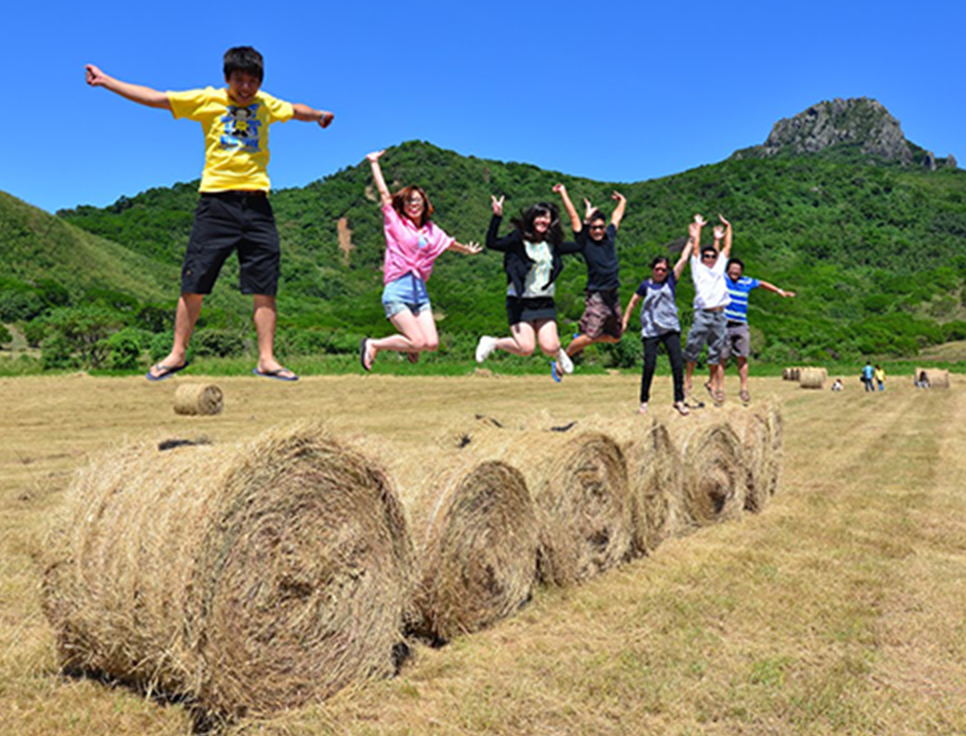


Ethnicity
Taiwan has a population of about 23 million people which consists of various ethnic groups. The aborigines who have inhabited the island for around 8,000 years make up 2.3% of the total population; the Han Chinese who migrated to Taiwan in the seventeenth century constitute the rest of the population. The diversity of Taiwan’s culture and heritage formed with the integration of different ethnic groups and illustrate the harmony and prosperity possible among various religions, architecture, languages, lifestyles, and cuisines. Seventy percent of the population are concentrated in the five western metropolitan areas (Taipei, Taoyuan, Taichung, Tainan, and Kaohsiung), among which the Taipei metropolis harbors Taipei City, the capital of Taiwan, and New Taipei City, the largest city in Taiwan.

Language
Despite coming from distant provinces with complex languages and ethnic backgrounds, new immigrants who migrated along with the Republic of China Government in 1949 can generally communicate in Mandarin Chinese. With the advent of public education, Mandarin has become the official language of Taiwan‘s various ethnic groups.
Since many Taiwanese are of southern Fujianese descent, Minnan (the Southern Min dialect) is also widely spoken. The smaller groups of Hakka people and indigenous tribes continue to preserve their own languages. Many elderly people can also speak some Japanese, as they were once subjected to Japanese education before Taiwan was returned to Chinese rule in 1945 after the Japanese occupation, which lasted for half a century.
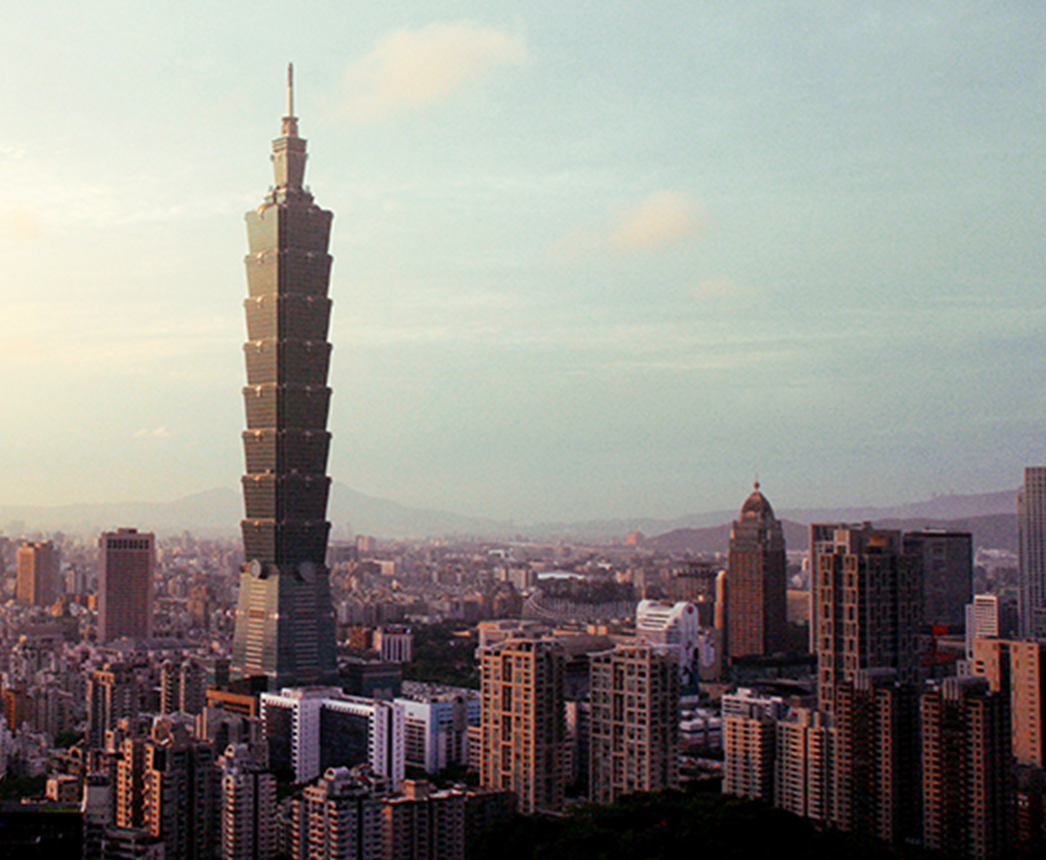
Economy
Since the 1980s, the economic structure of Taiwan gradually shifted from labor-intensive industries to high-tech industries, wherein the electronics industry was particularly vital to the world‘s economy. Taiwan has excelled in the semiconductor, optoelectronics, information technology, communications, and electronics fields. At present, the economy is shifting toward nanotechnology, biotechnology, optoelectronics, and the tourism service industry.
Moreover, international trade is the economic lifeline of Taiwan. Japan and the United States were Taiwan’s top two trading partners until 2005, when Mainland China took over as Taiwan’s main import/export trading region, with Japan and the United States coming in second and third.
In recent years, the grim financial situations of the U.S.A. and European economies and the economic slowdown in China had a joint impact on the economic performance of Taiwan. In 2016, Taiwan‘s economic growth rate was 1.5%, the gross domestic product (GDP) was $529,676 million USD, with an average per capita GDP of $22,530 USD,the gross national income (GNI) was $548,365 million USD, with an average per capita GNI of $23,325 USD. In terms of commodity prices, the consumer price index increased 2.25% this January (2017) in comparison to the last year. As for the employment situation, the average number of employed is 1,132 million people as of this January (2017); the average unemployment rate is 3.78%.
Tourism Resources
Formosa Island
Renowned internationally for its towering mountains, Taiwan is one of the famous “mountainous islands.” It is spotted with numerous mountain peaks rising 3,000 meters above sea level. The highest peak in Northeast Asia, Yushan, is nearly 4,000 meters in height. Due to its abundant geographical resources, Taiwan boasts many spectacular terrains and peculiar topographical landscapes. Apart from the steep mountains, beautiful coastal scenes are also part of Taiwan’s great natural assets.
Offshore Islands
The Penghu Islands (Penghu National Scenic Area) is comprised of ninety islets scattered in the Taiwan Strait. Flat landscapes mark these islands different from Taiwan’s main island. After shedding off its defensive armor, the Matsu National Scenic Area exudes a laidback lifestyle with its traditional stone houses, fantastic coastal rock formations and the charming characteristics of the Fujian culture.
9 National Parks
- Yangmingshan National Park: Located in suburban Taipei, it is famous for its volcanic landscape.
- Shei-Pa National Park: Spanning Hsinchu and Miaoli counties, it is renowned for being the Formosan landlocked salmon’s natural habitat.
- Taroko National Park: Known for its sheer canyons and breathtaking beauty along the Liwu River.
- Yushan National Park: Situated at the heart of the island, it boasts the highest peak in Northeast Asia and is one of the few mountain areas that has preserved its original landscapes.
- Kenting National Park: Located at the southern tip of the island, the national park is popular for its sunshine and tropical environment.
- Kinmen National Park: Known for its military landscape and cultural legacies.
- Dongsha Atoll National Park: A unique landscape of white sand beaches that originated from the bio-erosion of coral reefs and seashells.
- Taijiang National Park: Known for its cultural, historic, and environmental protection measures.
- South Penghu Marine National Park: A combination of natural ecology, geological landscapes, and cultural and historic sites.
Data Surce:Tourism Bureau, M.O.T.C. Republic of China(Taiwan)
